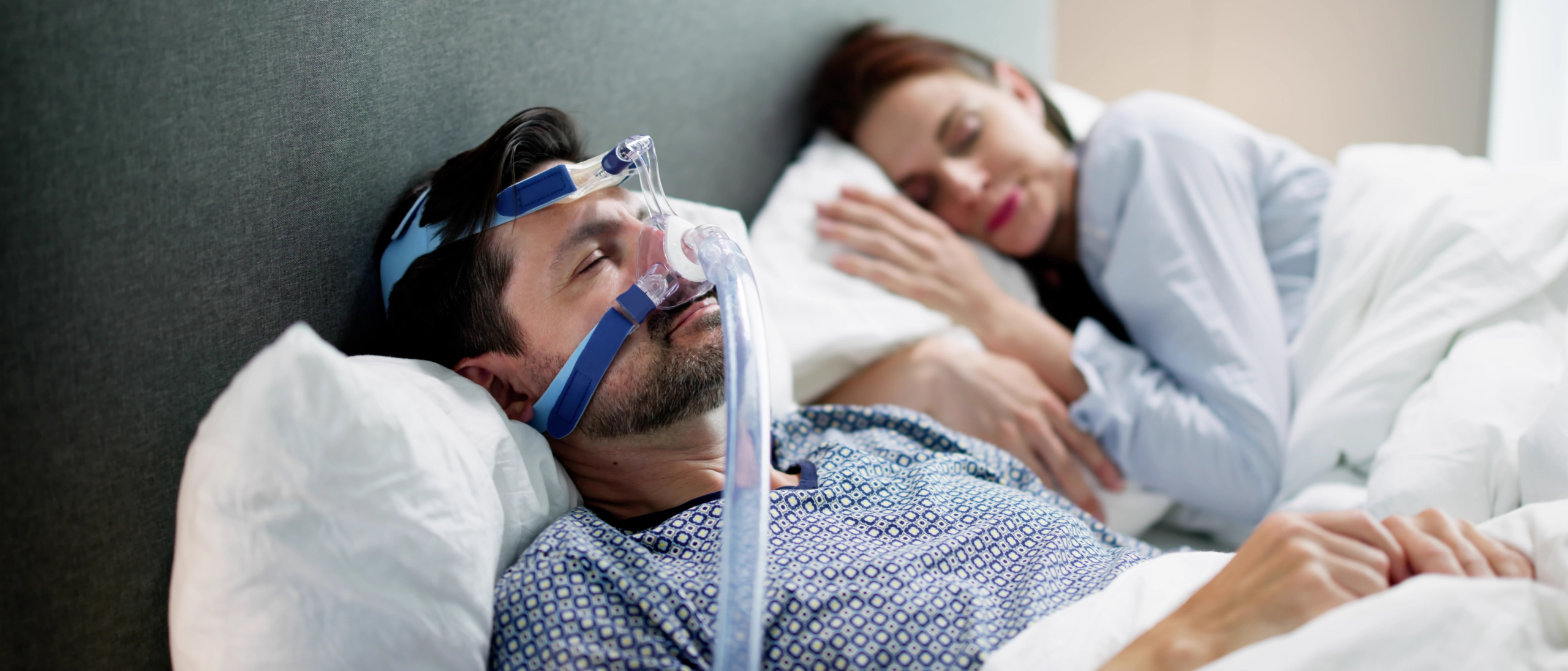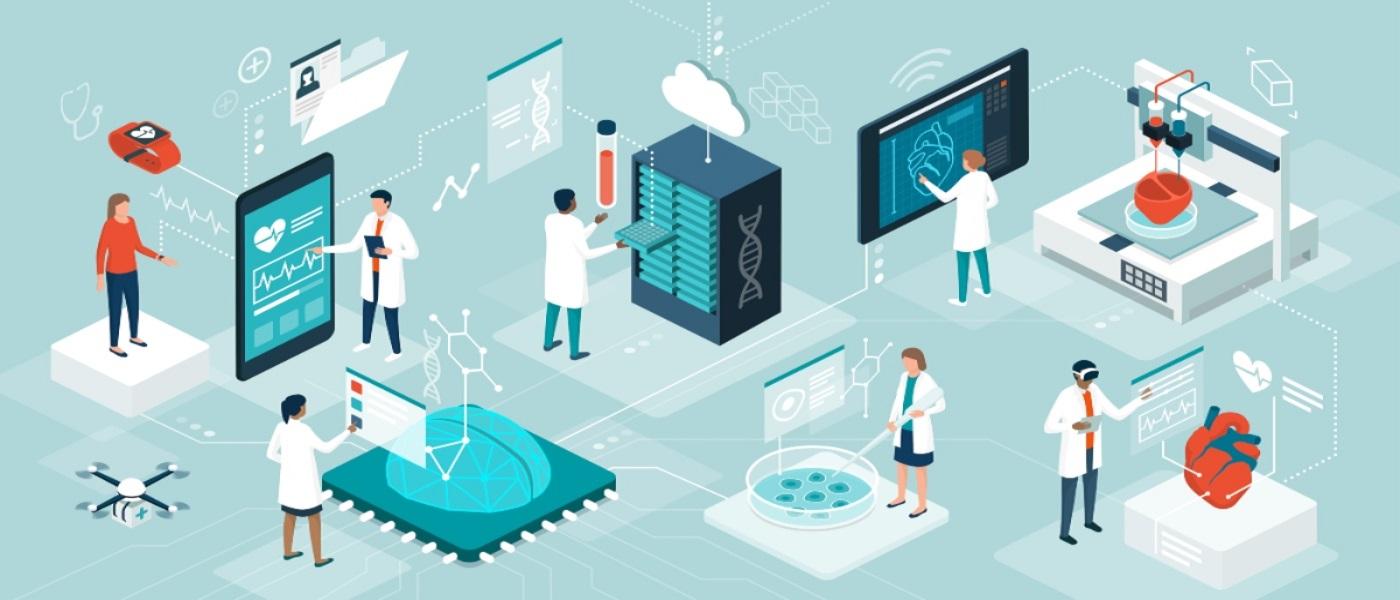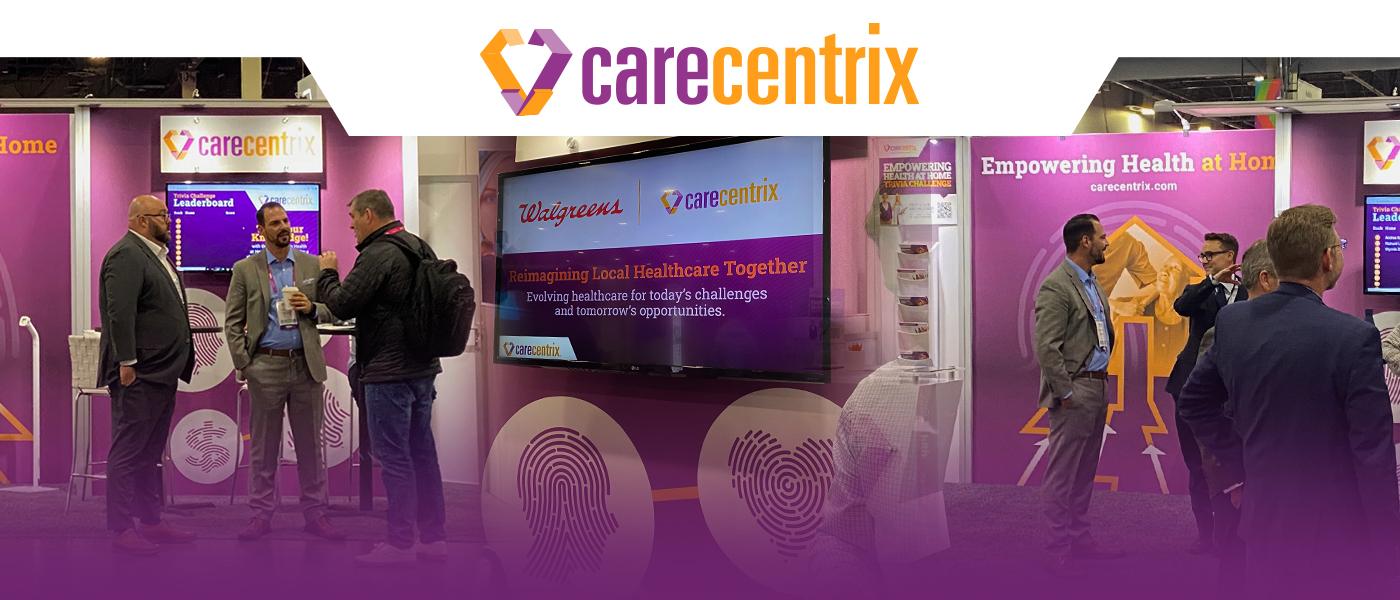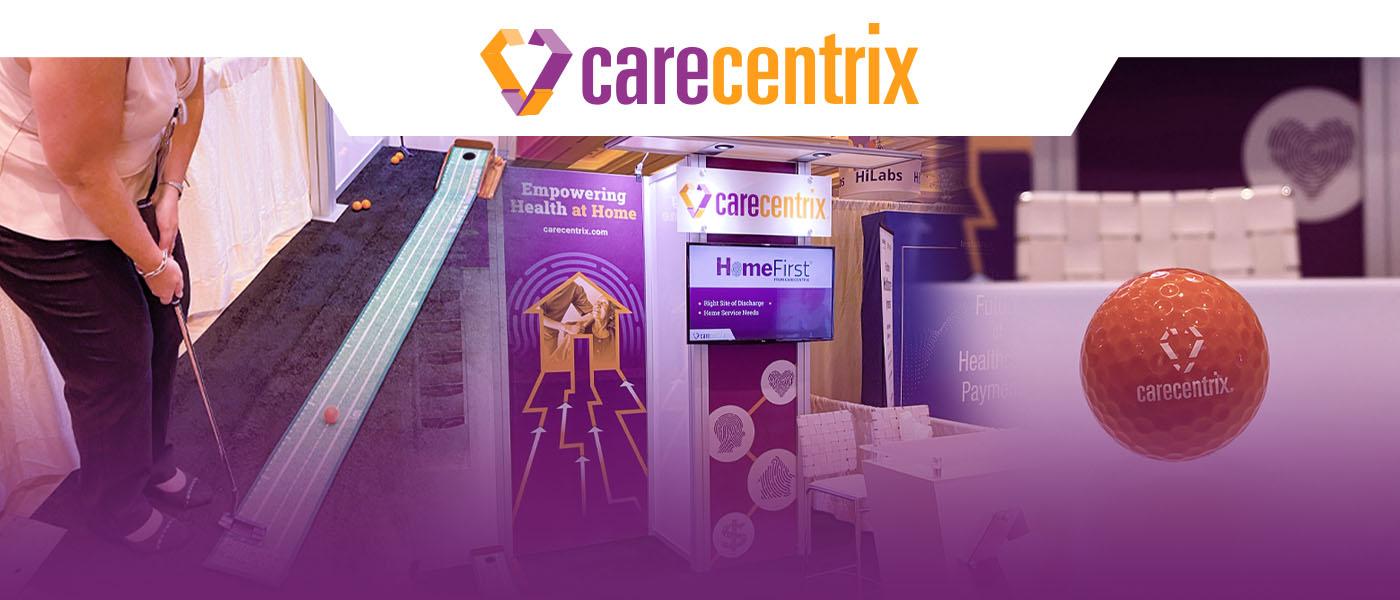
On November 21, 2019, California’s major power utility, Pacific Gas and Electric (PG&E) announced that its latest round of systematized power outages had concluded and they would begin restoring power to the (more than 40,000) Northern California residents who had been without power for the duration of the week.
The planned outages were implemented in an effort to reduce the risk of wildfires, which can be caused due to breakages of live power lines in the face of high winds. For thousands of Californians, the outages were more than just a mere inconvenience, and for many, being unable to access electricity is a matter of life and death.
Hospitals and Medical Offices
Hospitals have been largely unaffected by the outages, as they are required, by law, to install diesel-powered backup generators that activate when power grids fail. Doctors’ offices are more affected by power outages, particularly ones requiring vaccine refrigeration. However, most offices maintain emergency plans to safeguard the continuity of services, should a power outage ensue.
Medical Devices at Home
Power outages have a more severe impact on individuals receiving medical care in their home. For those who rely on electricity in order to power their medical devices or refrigerate medications, prolonged outages can be a matter of life or death. According to the Clean Energy Group, 2.5 million Americans rely on electricity to supply their medical needs. Their report notes that the majority of these individuals are primarily seniors.
Many patients with respiratory conditions such as asthma or chronic obstructive pulmonary disease (COPD) depend on inhaled medications delivered by electric nebulizers. For these patients, the solution to the electricity problem is to keep mechanical metered-dose inhalers at home. These devices deliver the same medications as nebulizers, and just as effectively.
Similar problems are faced by individuals who require supplementary oxygen. While traditional oxygen tanks are non-electric, many newer devices are oxygen concentrators that require no supplementary tanks, but that fail to operate during power outages. The obvious solution for such patients is to keep spare oxygen tanks at the ready, with plans to acquire more in the context of longer power outages.
At the more critical end of the spectrum, are patients who require mechanical ventilation. It is unknown how many such patients do not have backup generators in their homes; furthermore, registries of such patients vary in quality. Close reliable contact with a home health provider can save the lives of these patients.
Medications
Many prescription medications require refrigeration. For individuals who require refrigerated medications, such as those with Type 1 Diabetes Mellitus, electricity is imperative for survival. Even the common antibiotic amoxicillin is kept refrigerated. Patients who anticipate power outages in their communities are often prepared with coolers and ice packs that can keep medicines cold for days.
Resilient Power
Sometimes, the solution to a power problem is as simple as a high-performing battery. In fact, there are already several technological solutions to power outages in the forms of resilient power, which is the generic term given to home-based alternative sources of energy that can be deployed during power grid failure, or used as a principal source of power year-round. The costs of some of these solutions can be unaffordable for lower income patients or seniors who are living on a fixed income. However, as technology continues to advance, the cost of back-up batteries and generators are anticipated to decrease over time.
In the meantime
Regardless of technological progress, many patients who are dependent upon electrical equipment at home, already have access to a resource requiring minimal electricity: a home health provider. These providers create vital links between patients at home and durable medical equipment providers. These connections are especially important for seniors who live alone or who are otherwise medically isolated.
Home health providers also offer excellent screening resources to identify those patients most at-risk in the event of power outages. During “fire season” in Northern California, or following natural disasters such as hurricanes and floods, home health providers can help allocate scarce resources through identifying patients most at-risk of harm, should the power go out.
Many elderly patients already suffer from social isolation. What little contact they have with the outside world can be lost during a power outage. A home visitor can do much more than reconnect the elderly patient with a power source; they can deliver the type of desperately needed human contact that no electronic device can provide.





